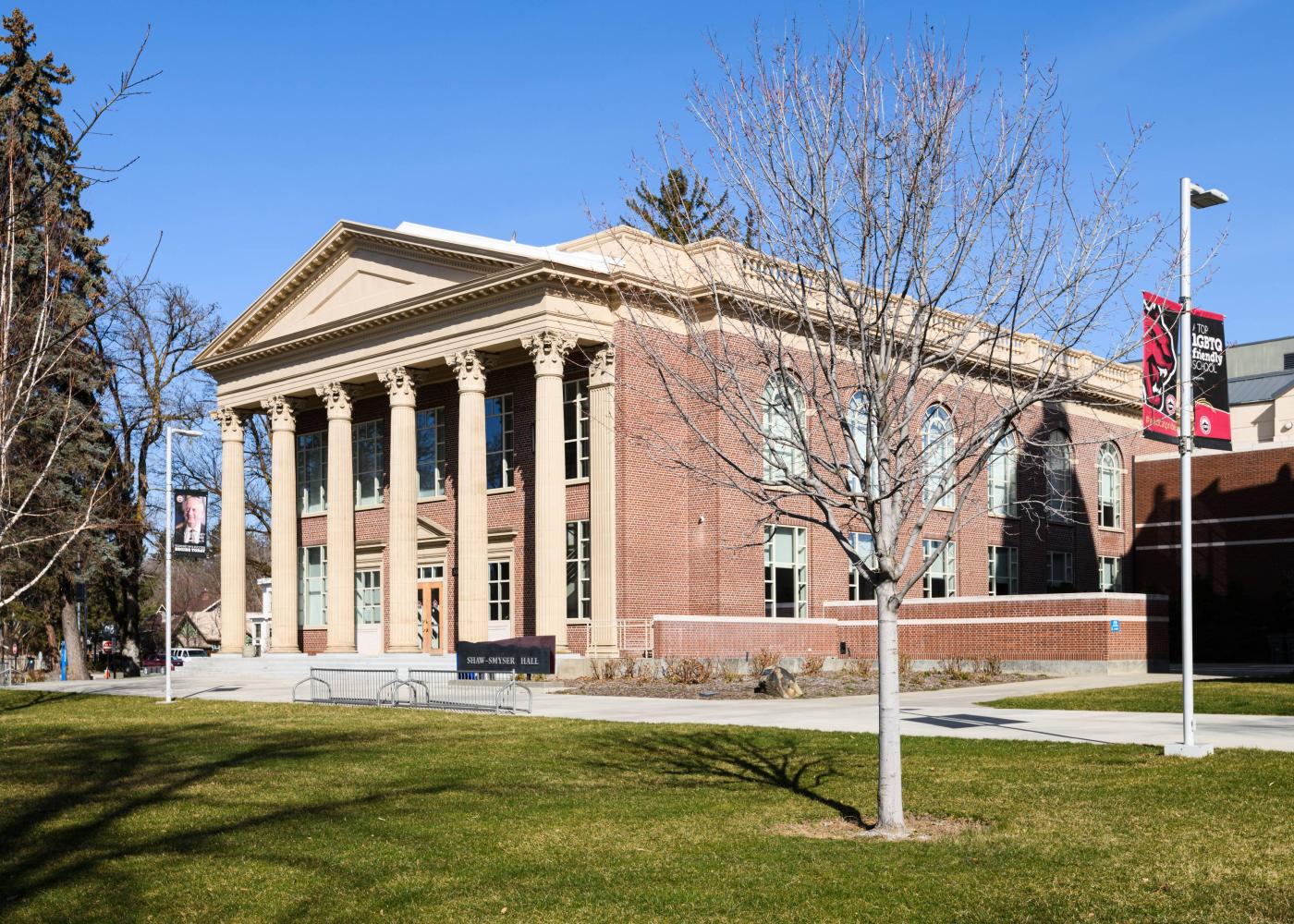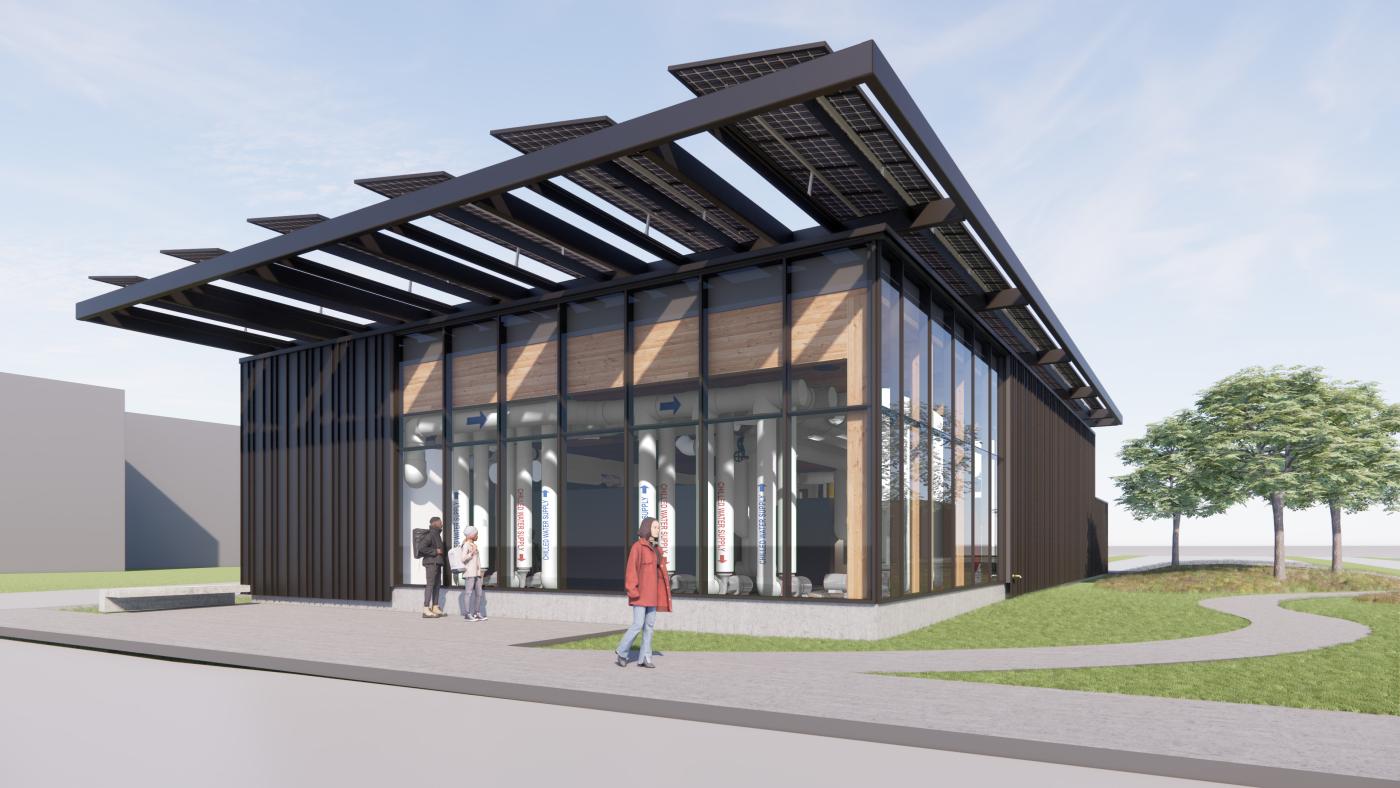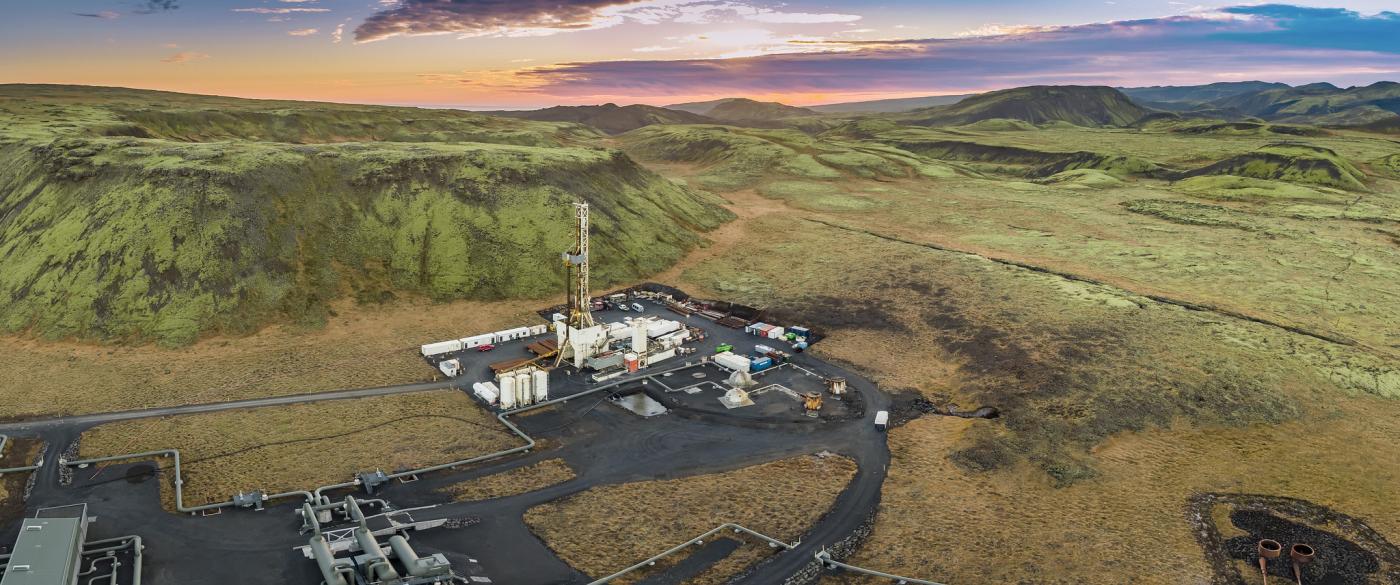It is extraordinary to think that just beneath our feet there’s enough energy to meet all the world’s energy needs. It is an abundant resource that can be harnessed for human use. Geothermal is a clean and renewable energy source that remains underutilized despite it being a mature and proven resource. Geothermal is the most environmentally friendly energy technology, has the ability to decarbonize heating and cooling of buildings and industry, and can generate dispatchable and baseload electricity all from ample and local geothermal resources. Geothermal presents a compelling case for widespread adoption, and it must become one of the leading protagonists if we are to genuinely address the ongoing climate crisis and successfully transform into a clean energy economy.
The primary energy associated with geothermal is the heat energy that naturally exists beneath the Earth's surface! There are different ways to use the natural heat of the earth. Geothermal heat pumps (also known as ground source) utilize temperatures about two meters below the ground to heat AND cool buildings. Other geothermal technologies use heat energy several kilometres below that is at very high temperatures and is produced by the natural decay of materials within the Earth's crust. Importantly, geothermal energy is constantly replenished, therefore renewable!
Deep within the earth is the hottest part of our planet, the core, which is about 2,900 kilometres below our feet. The extremely high temperature of the core (5,200°C or 9,392°F) serves as limitless battery, recharging the heat beneath our feet that can be used to create geothermal heating, cooling, and power capabilities.
Here are some of the advantages of geothermal:
- Geothermal is always available: Like other renewable energy sources, geothermal is essentially unlimited, but unlike intermittent renewables it is not affected by season, climate or weather conditions. This is referred to a having high capacity factor of which geothermal has the highest of all renewable energy sources making geothermal a more stable, reliable, and consistent technology. Energy generated from this resource is easy to predict with a high degree of accuracy as it doesn’t fluctuate in the same way as other renewable energy sources, such as solar, hydro, and wind. Geothermal energy is both renewable and sustainable due to the hot reservoirs within the earth being continually and naturally replenished.
- Geothermal energy plants have a small footprint: Geothermal power plants as well as heating and cooling systems only require modest amounts of space, in contrast with the wide-ranging expanses of land and mining operations needed for intermittent, oil and gas, nuclear and coal energy. Whether it’s a domestic geothermal heat pump system or a large-scale geothermal power plant, most of the components, including the heat exchangers, are buried underground with very little remaining above ground. In homes, a geothermal heat pump is about the size of a household appliance while in geothermal power plants the largest components are the cooling towers and the turbines. Large geothermal power plants can have a visual impact on the landscape, but these days newer architectural designs minimize the visual impact on the landscape.
- Geothermal energy provides more energy: Aside from time for maintenance, geothermal energy can work at full capacity non-stop because delivery is constant. This is very different to photovoltaic, hydroelectric and wind systems which rarely work at full capacity due to technical and environmental limitations. This means that more power is generated using less land and for the same nominal power. For example, a 9 MW geothermal plant will on average generate energy for about 5,500 homes a year whereas the average 9 MW solar plant can power only 1,800 homes per year. This translates into a lower impact on the environment, less mining for critical minerals, and reduced risk of geopolitical conflict.
- Geothermal power plants are quiet: While working at full capacity, geothermal power plants run at negligible noise levels. As with all construction, during the building phase of the plants there will be some noise but once the construction is complete, everything runs quietly. This applies to not only geothermal heat pump systems but to larger power stations where several turbines are spinning.
- Geothermal energy is environmentally friendly: The carbon impact of a geothermal power plant is very low. According to the National Renewable Energy Laboratory, geothermal has the smallest lifecycle carbon footprint of all renewable energy technologies, including wind and solar. Geothermal power generation produces little—if any—nitrous oxide, methane, or sulphur dioxide in contrast with other generation technologies. Binary-cycle geothermal plants, which operate in a closed cycle, release essentially zero emissions, according to the U.S. Department of Energy Geothermal Technologies Office. By utilising the earth’s natural heat, geothermal energy significantly decreases our carbon footprint contributing to cleaner air and a healthier planet.
- Geothermal power optimises resources: Geothermal plants have components that can be salvaged and reused at the end of the installation’s lifecycle. Furthermore, during operation, the flows of energy are optimized in such a way as utilize any heat that can’t be used immediately for power generation back into the circuit using the steam pipes that power the plant, leading to greater energy efficiency. Geothermal does not require any critical minerals and all materials needed (steel and cement) are easily sourced from North America.
- Geothermal plants are long-lasting, safe, and reliable: Geothermal heat pumps have an operating life span of over 20 years whereas a traditional furnace last just 7 to 10 years. Geothermal power plants have very long life spans, with some lasting up to 80 and even over 100 years. Geothermal power plants such as Lardarello in Italy (1913), Wairakei in New Zealand (1958), and The Geysers in California (1960) still use original operational infrastructure and wells. This is remarkable longevity when compared to a natural gas combined-cycle plant which normally lasts around 30 years. Because there are no fuels involved there is no risk of fire and overall, this type of system guarantees excellent reliability. Additionally, geothermal power plants have low operating costs once the initial infrastructure is in place making them economically competitive in the long run.
- Geothermal plants require very little maintenance: Especially when it comes to geothermal heat pumps, geothermal applications don’t need any special maintenance. Because geothermal heat pumps are closed systems, the pressure of the fluid in the piping self-regulates and the number of electrical and mechanical elements that can break down is also minimal.
- Geothermal can be used to both heat and cool: Geothermal systems can be installed in almost any type of building: from homes to shopping malls, public buildings, and sports centres. A geothermal heat pump is actually a two-in-one HVAC system used for both heating and cooling. Despite the misleading name, geothermal “heat pumps” are just as effective at cooling your home or office in the summer as they are at heating it in the winter!
- Geothermal heat pumps can reduce overall energy consumption in your home: As well as providing air conditioning in the summer and heating in the winter, geothermal has other advantages when used in the home. For example, it can reduce energy consumption by between 30% and 70% because it can also do the job of a boiler by heating water for use in the kitchen and bathroom.
- Geothermal improves public health: Traditional air-conditioning removes dangerous heat from buildings and provides life-saving shelter and comfort. Unfortunately, air-conditioning systems worsen two other problems. First, heat is not so much removed or eliminated as it is moved from one location to another. When a building interior is cooled, that thermal energy is transferred to the exterior surroundings. In dense urban areas, this effect increases local temperatures, exacerbating the heat wave in places that are already heat islands as a result of urbanization. A geothermal heating and cooling system can reduce building interior temperatures without heating the surrounding air space by storing and dissipating heat underground. Additionally, geothermal heat pumps are 40% more efficient than their air-source counterparts, especially at high and low temperatures.
- Geothermal energy creates record numbers of jobs: Geothermal creates more jobs per megawatt hour than all other renewable energy technologies, according to the National Renewable Energy Laboratory. For the same installed power, geothermal energy creates more direct and indirect employment than any other type of renewable. Geothermal creates 34 jobs per installed megawatt compared to 19 created by wind power and 12 by photovoltaic energy.
- Geothermal pays local communities: Over the course of 30 to 50 years an average 20 MW geothermal generation facility will pay nearly $6.3 to $11 million dollars in property taxes plus $12 to $22 million in annual royalties. Seventy-five percent of these royalties ($9.2 to $16.6M) go directly back to the state and county.
- Geothermal energy can improve energy independence and security: Geothermal energy can contribute to enhancing a nation's energy independence and security. By utilising domestic and locally sourced geothermal resources, countries can reduce their dependence on imported fossil fuels and critical minerals, minimizing geopolitical risks associated with energy supply chains. Developing geothermal projects can strengthen a nation's energy portfolio and provide a stable and secure source of energy for future generations.
- Geothermal energy has huge potential: Currently, worldwide energy consumption from geothermal resources is around 15 terawatts but the total potential energy from geothermal sources is far greater. While most of the geothermal potential is still yet untapped, there is robust research and development happening in the industry that will increase the number of recoverable geothermal resources in the future. It is estimated that new technologies to create Engineered, or Enhanced Geothermal Systems (EGS), can add 100 gigawatts of geothermal power to the grid (Office of Energy Efficiency & Renewable Energy). The 2019 GeoVision analysis concluded that, with advancements in EGS, geothermal could power more than 40 million U.S. homes by 2050 and provide heating and cooling solutions nationwide. Advancements in closed-loop or Advanced Geothermal Systems (AGS) will unlock even more opportunity for geothermal. Additionally, super-hot rock (SHR) technologies have the potential to generate terawatts of power.
- Geothermal energy use is rapidly evolving: There is growing interest and new research into geothermal innovations. New technologies, such as refined heat pumps, EGS, closed loop systems (AGS), SHR, improved drilling techniques, and more efficient turbines, are being created all the time to improve the energy process. There are an ever-increasing number of projects to improve and grow this area of industry. Within the last few years there have been over 40 geothermal energy start-ups founded in North America.
Geothermal energy has numerous advantages that make it an ideal option for a sustainable transformation to a healthier, more equitable, vibrant economy. With its renewable and clean nature, consistent availability, long-term viability, and versatile applications, geothermal energy offers a path towards a greener and more resilient and stable energy future. By embracing this remarkable resource, we can reduce our carbon footprint, combat climate change, and ensure a more sustainable and just planet for generations to come.
To learn more about harnessing the power of geothermal energy, contact Geothermal Rising, a community that advocates for the growth and deployment of geothermal energy. Founded in 1972, Geothermal Rising is a community of geologists, climate activists, oil and gas professionals, drill rig operators, environmentalists, geochemists, subsurface reservoir modelers and more. Geothermal Rising represents and speaks for an aligned geothermal industry. The non-profit is a renewable energy think tank designed to familiarize and inform audiences about the value and benefits of geothermal energy for heating and cooling as well as electricity generation. Please visit www.geothermal.org.
To learn more about renewable energy technology and how they can be deployed please visit: https://www.renewableenergyhub.co.uk/








